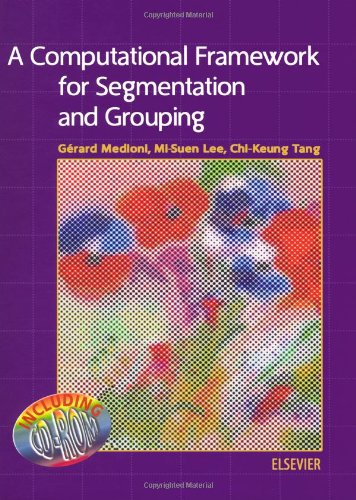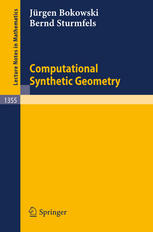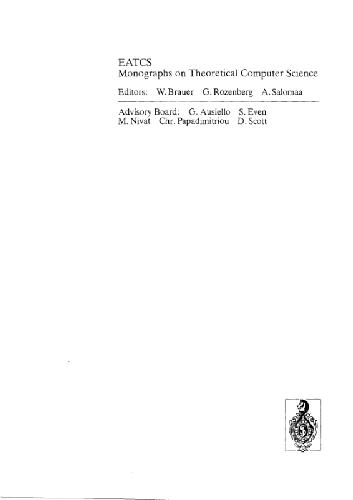G. Medioni, Mi-Suen Lee, Chi-Keung Tang9780444503534, 0444503536
In chapter 2, we review some of the relevant research in the literature. The discussion focuses on general computational approaches for early vision, and individual methods are only cited as references. Chapter 3 is the fundamental chapter, as it presents the elements of our salient feature inference engine, and their interaction. It introduced tensors as a way to represent information, tensor fields as a way to encode both constraints and results, and tensor voting as the communication scheme. Chapter 4 describes the feature extraction steps, given the computations performed by the engine described earlier. In chapter 5, we apply the generic framework to the inference of regions, curves, and junctions in 2-D. The input may take the form of 2-D points, with or without orientation. We illustrate the approach on a number of examples, both basic and advanced. In chapter 6, we apply the framework to the inference of surfaces, curves and junctions in 3-D. Here, the input consists of a set of 3-D points, with or without as associated normal or tangent direction. We show a number of illustrative examples, and also point to some applications of the approach. In chapter 7, we use our framework to tackle 3 early vision problems, shape from shading, stereo matching, and optical flow computation. In chapter 8, we conclude this book with a few remarks, and discuss future research directions.
We include 3 appendices, one on Tensor Calculus, one dealing with proofs and details of the Feature Extraction process, and one dealing with the companion software packages.







Reviews
There are no reviews yet.